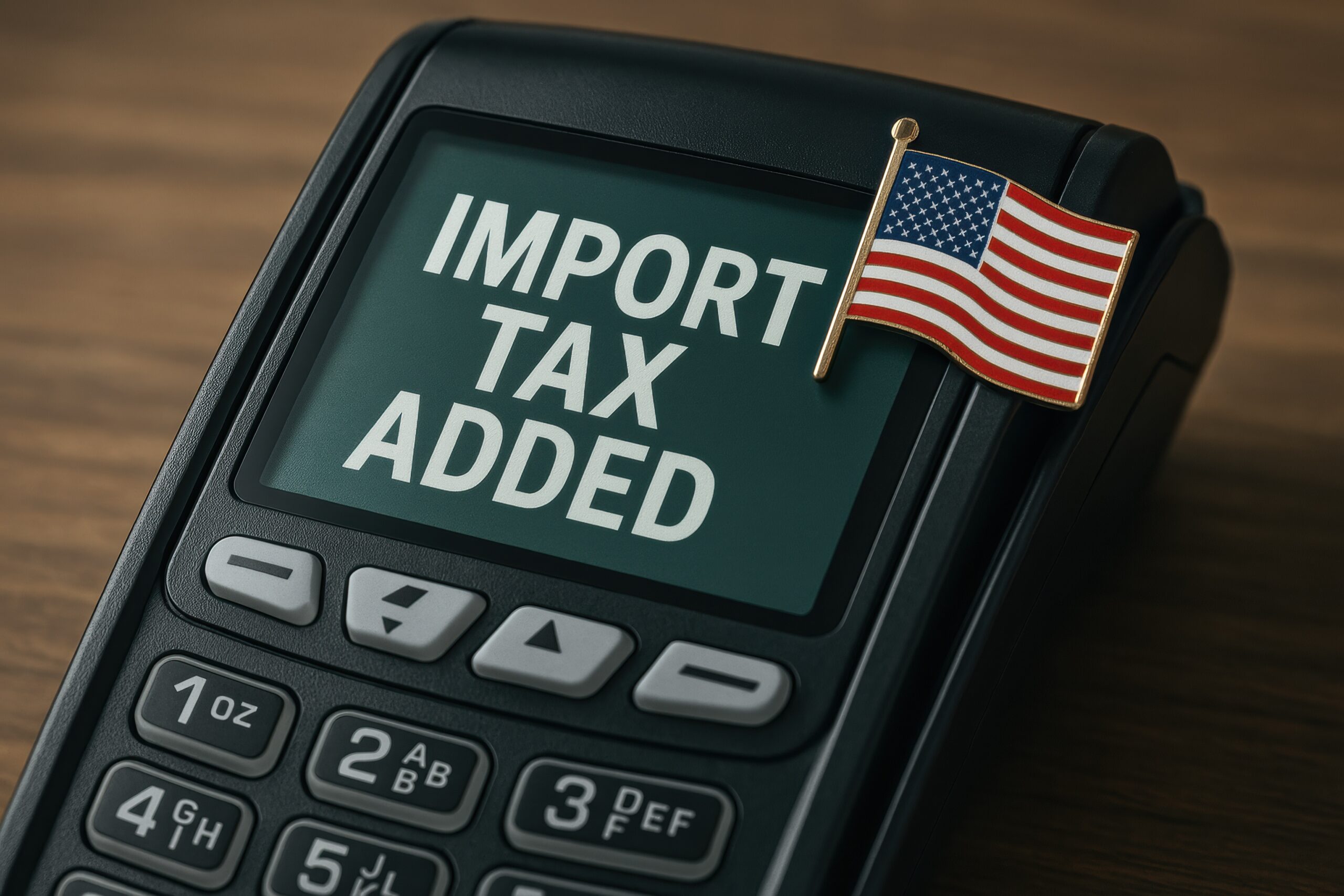Global trade policies have always been a critical factor in shaping the business environment, but for small businesses, sudden changes can present outsized challenges. Recent tariff announcements, such as those by President Trump in April 2025, have reignited debates over their impact on small enterprises. While tariffs aim to protect domestic manufacturing, they often have unintended consequences for smaller players in the economy.
What are tariffs and how do they impact small businesses?
Basically, a tariff is a tax on imported goods. Governments impose tariffs to achieve several objectives, such as protecting domestic industries, generating revenue, or pushing back against unfair trade practices. While these measures may benefit some industries, they often lead to increased costs for goods and materials.
Small businesses, which frequently lack the resources of larger corporations, are particularly vulnerable. According to the National Federation of Independent Businesses (NFIB), small business optimism dropped in April 2025 due to rising uncertainty. Many small business owners cited taxes and rising costs as the biggest challenges they currently face.
Key Challenges Caused by Tariffs
- Rising Costs: Higher import taxes mean small businesses pay more for raw materials, supplies, and inventory.
- Price Sensitivity: With consumers already wary of rising prices, passing on these costs often results in lower sales.
- Supply Chain Disruptions: Tariffs can lead to delays at ports and unpredictable availability of goods, complicating inventory management.
- Reduced Competitiveness: Unlike large corporations, small businesses may struggle to renegotiate supply contracts, diversify suppliers, or absorb costs, making them less competitive.
Industries Feeling the Pinch of Tariffs
Different industries are experiencing the effects of tariffs in unique ways, shaping the broader economic landscape for small businesses.
1. Retail
Retailers sourcing goods internationally face substantial price hikes. Large chains like Target and Walmart have already warned of price increases due to elevated import costs, putting small retailers in an even tougher spot. Without diversified supply chains, small businesses often face higher costs when sourcing from single or limited suppliers.
2. Food Service
The restaurant industry faces compounded pressures due to tariffs on imported foods and packaging materials. For example, the National Restaurant Association stated that rising costs from tariffs could affect not only pricing but also service quality due to labor reductions and ingredient shortages. Small, independent restaurants will likely face tougher margins as they scramble to maintain customer expectations.
3. Manufacturing
Small manufacturers that rely heavily on imported parts and materials for production face significant cost increases. Unlike larger players with in-house production capabilities or long-term fixed contracts, small manufacturers often rely on just-in-time supply chains vulnerable to price volatility.
4. Agriculture
Some small farms reliant on exporting produce face retaliatory tariffs. For example, recent Chinese tariffs on U.S. goods, including soybeans and beef, have limited access to international markets. Farmers must deal with not just lower export revenue but also higher costs for imported equipment and fertilizers.
Strategies to Navigate Tariffs
While tariffs are often outside a business owner’s control, proactive measures can help mitigate their impact. Below are five strategies to manage tariff-related challenges:
1. Diversify supply chains.
Relying on a single supplier or sourcing entirely from tariffed countries increases your vulnerability. Consider working with suppliers from countries not subject to tariffs or partnering with domestic manufacturers to limit your exposure to import taxes.
2. Negotiate with existing suppliers.
Approach your suppliers to explore opportunities for cost-sharing or flexible payment terms during tariff periods. Building strong, collaborative relationships with suppliers can create room for negotiation, helping ease short-term financial strain.
3. Explore local alternatives.
Local sourcing not only avoids import taxes but can also build goodwill with your customers. Highlighting “locally sourced” products can be a marketing advantage, aligning your business with consumer values such as sustainability.
4. Invest in operational efficiency.
Finding ways to streamline operations can help combat rising costs. This might mean investing in process automation, revising workflows, or eliminating inefficiencies. While these investments have upfront costs, they often yield long-term savings.
5. Reevaluate pricing models.
If passing costs to customers is unavoidable, do so strategically. Consider offering special bundles, loyalty discounts, or limited-time promotions to soften the blow and retain customer goodwill, even as you adjust pricing.
The Broader Economic Implications of Tariffs
Economic uncertainty stemming from tariffs extends beyond individual businesses. Markets, consumer behavior, and supply networks all react to trade disruptions. According to GlobalData, tariffs on food imports are creating price and quality inconsistencies in dining services, affecting consumer spending habits. Additionally, the NFIB reported that 16% of business owners cited inflation and rising input costs as their biggest concerns.
What does this mean for small businesses?
- Consumer Behavior Shifts: Customers may scale back spending, prioritize essentials, or switch to budget offerings as prices rise.
- Stagnating Economic Growth: Economists expect slower GDP growth, which could weaken demand across industries.
- Policy Advocacy Opportunities: Small business owners might consider joining industry associations advocating for exemptions or alternative policies tailored to support smaller enterprises.
What’s next for small businesses under tariff pressures?
Trade disputes and changing economic conditions are not new, but the current environment presents unique challenges. For small business owners, staying agile, informed, and connected to resources is critical for weathering this storm. Here are some immediate actions to consider:
- Review your supply chain and look for diversification opportunities.
- Stay updated on tariff news and industry-specific developments.
- Work with trade associations or local chambers of commerce to advocate for small business interests.
Finally, never underestimate the value of financial planning. From reevaluating budgets to exploring accessible funding options, ensure your business has the liquidity it needs to remain competitive during uncertain times.






